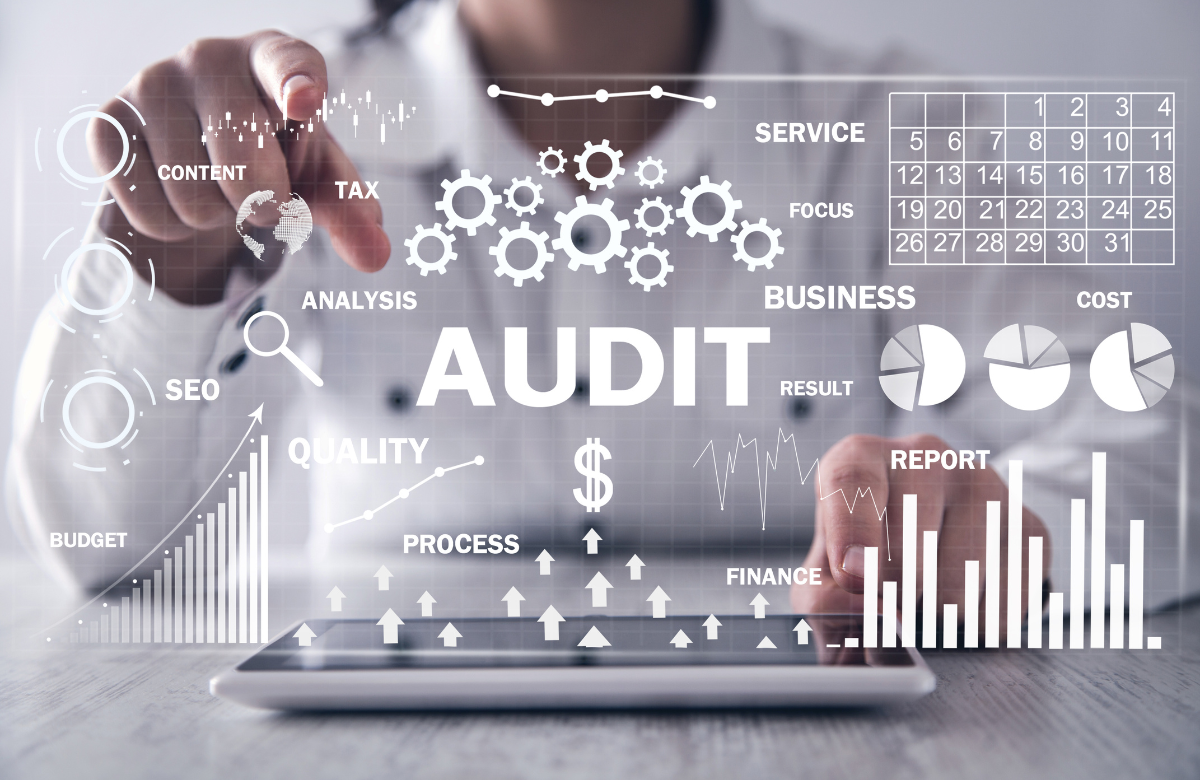Leveraging Technology in Modern Process Audits
Technology has transformed process audits, making them faster, more precise, and more impactful. This blog explores the role of tools such as data analytics, automation, and digital platforms in identifying inefficiencies and driving operational excellence.
In today’s fast-paced business environment, organisations cannot afford inefficiencies. Process audits, once conducted manually with spreadsheets and interviews, have evolved significantly with the advent of modern technology. Tools like data analytics, automation, and digital platforms have revolutionised the way audits are performed, offering sharper insights and faster results.
This blog explores how technology is reshaping process audits and why it is essential for businesses to embrace these advancements.
How Technology Enhances Process Audits
1. Streamlined Data Collection
Traditional audits relied on manual data gathering, which was time-consuming and prone to errors. Today, tools such as enterprise resource planning (ERP) systems and customer relationship management (CRM) platforms provide instant access to real-time data, simplifying the collection process.
2. Advanced Data Analytics
Analytics platforms enable auditors to process vast amounts of data, uncovering patterns and inefficiencies that might go unnoticed in a manual review. For instance:
• Predictive analytics can forecast potential bottlenecks based on historical data.
• Visual dashboards highlight performance gaps, making findings easier to interpret.
3. Automation of Repetitive Tasks
Automation reduces the time spent on routine audit activities, such as data validation and report generation. This allows auditors to focus on analysing results and developing actionable recommendations.
4. Enhanced Collaboration
Cloud-based platforms enable teams across geographies to collaborate seamlessly during audits. Shared access to findings, real-time updates, and virtual meetings ensure alignment without the need for physical presence.
5. Increased Accuracy and Objectivity
By removing human bias from data analysis, technology ensures that findings are accurate and unbiased. This enhances the credibility of recommendations and fosters trust among stakeholders.
Case Study: Transforming a Retail Chain’s Inventory Management
A multi-location retail chain faced challenges in inventory tracking, resulting in frequent stockouts and overstocking. A technology-driven process audit was conducted, leveraging:
• Data Analytics: Analysed sales and stock data to identify demand trends.
• Automation Tools: Implemented automated alerts for low stock levels.
• Cloud Platforms: Enabled centralised monitoring of inventory across all locations.
Results
• Stockouts reduced by 30 percent within three months.
• Inventory carrying costs decreased by 20 percent, improving cash flow.
• Real-time monitoring increased operational transparency across locations.
The Role of Artificial Intelligence and Machine Learning
AI and ML technologies are becoming integral to process audits, offering advanced capabilities such as:
• Anomaly Detection: Identifying irregularities in processes or financial transactions.
• Customised Recommendations: Generating tailored solutions based on unique business needs.
• Continuous Monitoring: Providing ongoing insights into process performance, enabling proactive adjustments.
Benefits of Technology-Driven Audits
1. Faster Turnaround: Automated data collection and analysis significantly reduce the time required for audits.
2. Greater Insights: Advanced tools uncover inefficiencies and trends that manual methods might miss.
3. Cost Efficiency: By streamlining the audit process, organisations save both time and money.
4. Scalability: Technology enables audits to cover larger organisations or multi-location operations without compromising accuracy.
Best Practices for Leveraging Technology in Audits
1. Invest in the Right Tools: Choose platforms and software tailored to your industry and specific audit needs.
2. Train Your Team: Ensure employees and auditors are well-versed in using the chosen technologies effectively.
3. Integrate with Existing Systems: Seamless integration with ERP, CRM, or other business systems enhances data accessibility.
4. Monitor and Update Regularly: Regularly evaluate the performance of audit tools to ensure they remain effective and relevant.
Conclusion
Technology is no longer a luxury but a necessity in modern process audits. By leveraging tools like data analytics, automation, and AI, businesses can identify inefficiencies with greater precision, make informed decisions, and drive operational excellence.
For organisations aiming to stay competitive in a rapidly changing world, embracing technology in process audits is the key to uncovering opportunities, reducing friction, and achieving sustainable growth.

